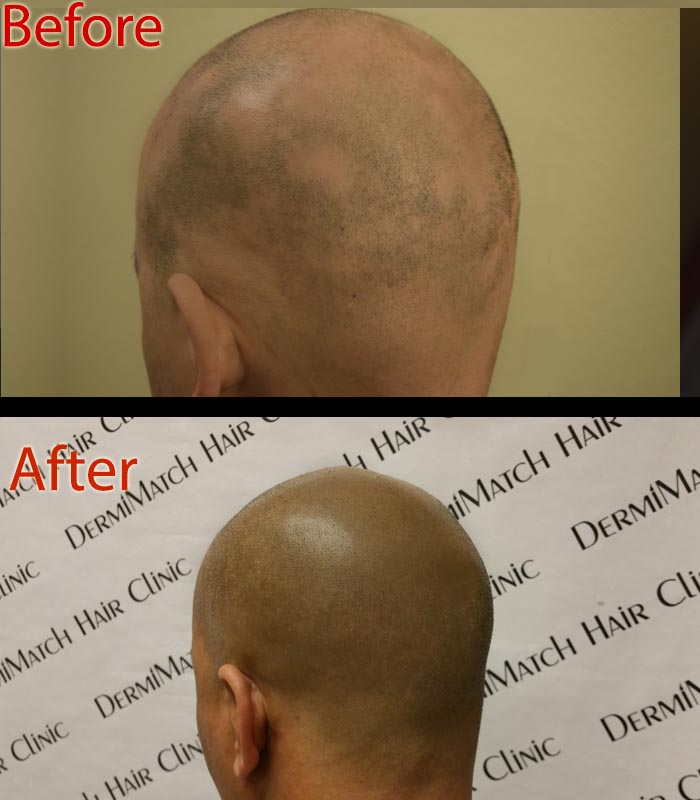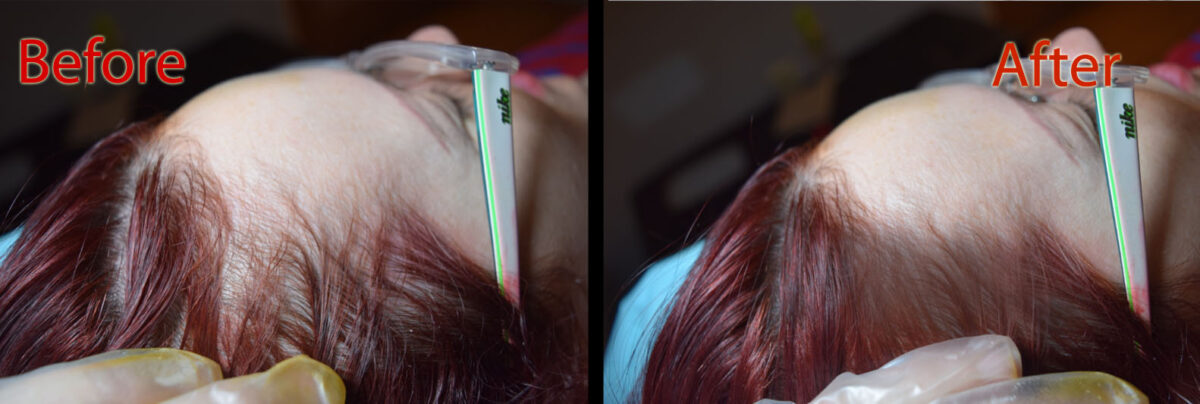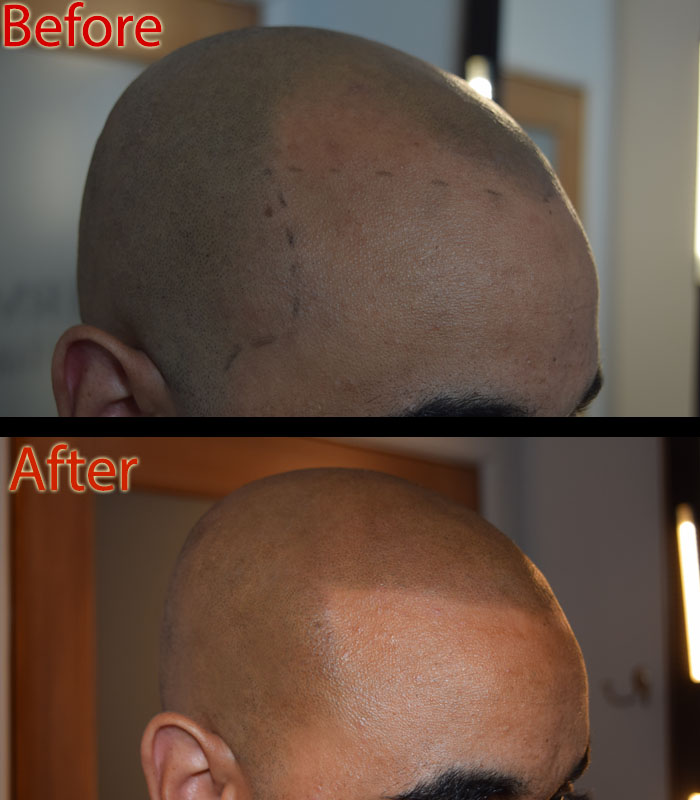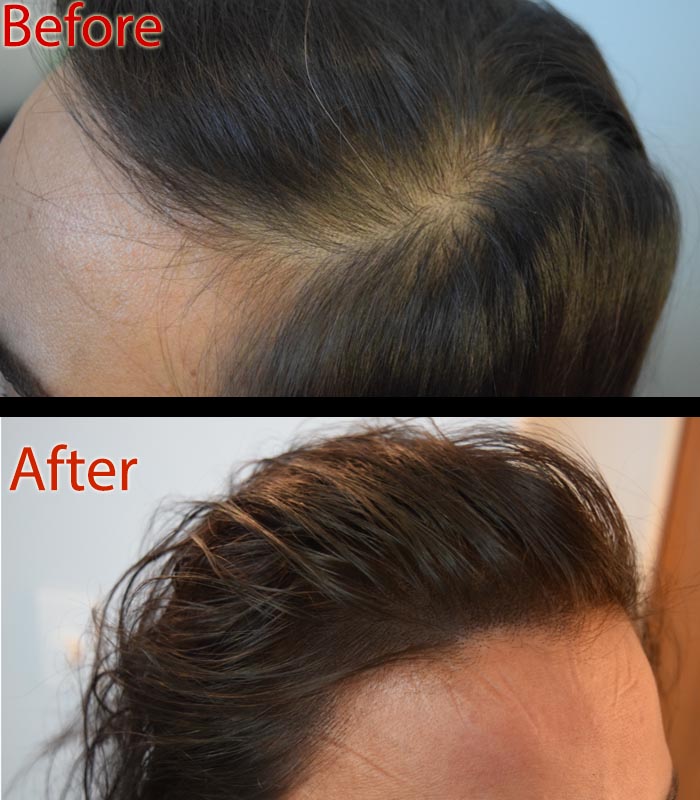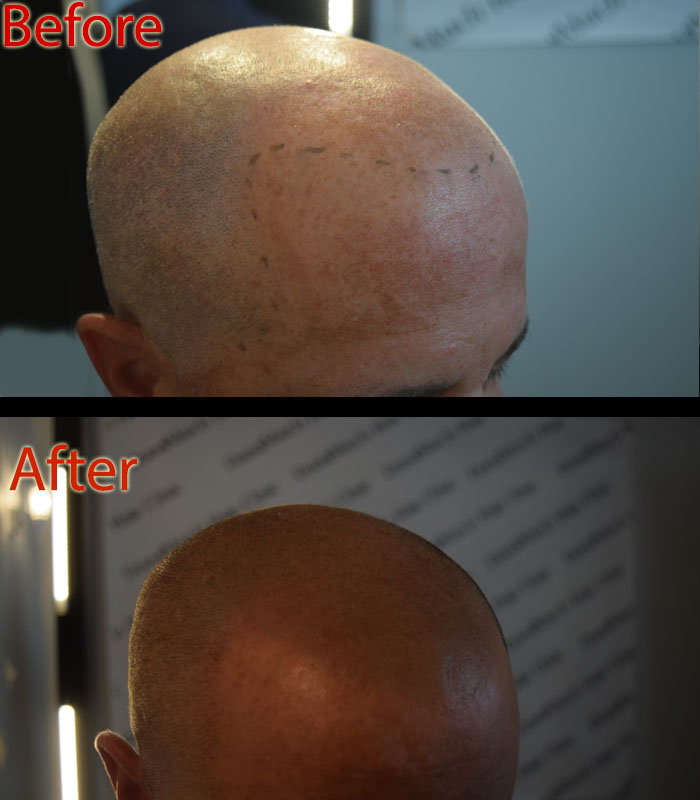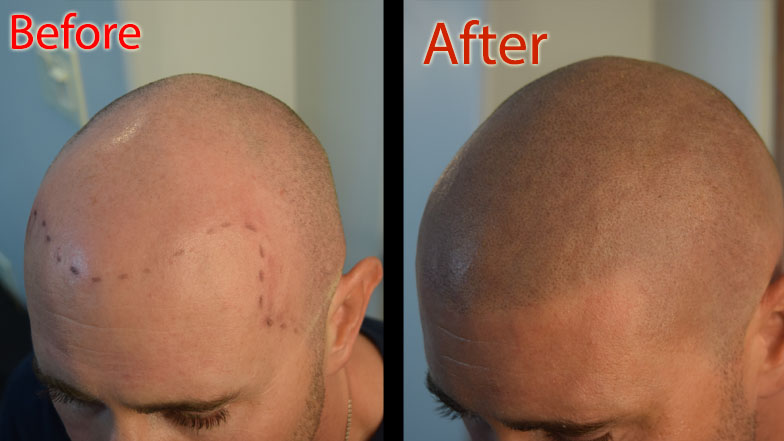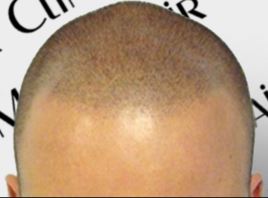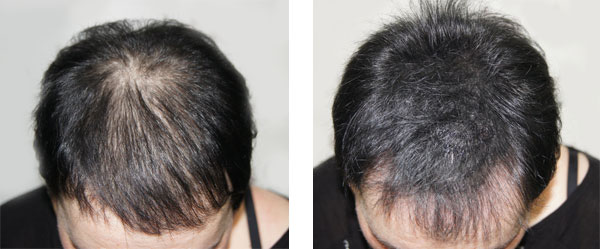Plant-based hair serums have become increasingly popular in 2025. Consumers now seek natural, chemical-free solutions for thinning hair and scalp health. These botanical serums use powerful ingredients, such as amla, fenugreek, saw palmetto, green tea extract, and pumpkin seed oil. These ingredients improve blood circulation to the scalp. They also inhibit DHT production and nourish hair follicles at the root.
These natural formulas contain no harsh chemicals or parabens. This makes them ideal for people with sensitive scalps. They’re also perfect for those avoiding hormonal therapies. Many brands now enhance their serums with cold-pressed oils and adaptogens. Essential oils like rosemary, peppermint, and tea tree are common additions. These ingredients stimulate the scalp and reduce inflammation. But do they look promising for all types of hair loss?
Science Behind Plant-Based Hair Serums
Recent clinical studies support the effectiveness of several natural extracts. Pumpkin seed oil inhibits the enzyme 5-alpha reductase. This enzyme converts testosterone to DHT, a major cause of pattern hair loss. Saw palmetto acts as a natural DHT blocker. It has become essential in many hair growth routines for both men and women.
The clean beauty movement has fueled demand for eco-friendly hair care. Vegan and cruelty-free products are now mainstream. Users report less shedding, improved texture, and better scalp health after consistent use.
The Challenge of Natural Solutions
The main drawback is the need for patience and consistency. Natural serums require several months of regular application. Results appear gradually, not overnight. Individual response varies greatly. Factors like the extent of hair loss, underlying health conditions, and lifestyle habits affect outcomes.
These serums work best as part of a comprehensive approach to hair wellness. They show good results in early stages of thinning. They appeal to those who prefer natural therapies. But people with advanced hair loss may need more immediate solutions.
Scalp Micropigmentation: A More Permanent Solution
When hair thinning progresses beyond what serums can address, SMP offers a reliable alternative. It is a non-invasive cosmetic procedure that uses specialized pigments to create the appearance of hair follicles on the scalp. This instantly adds visual density to thinning areas.
SMP works for all hair types and skin tones. It helps men and women with advanced thinning, receding hairlines, or alopecia. The results look natural and realistic. There’s no daily application or waiting period.
Unlike plant-based hair serums with uncertain outcomes, SMP delivers immediate, consistent results. The effects last for years with minimal maintenance. Touch-ups are only needed every few years. There’s no daily commitment required.
Choosing What Works For You
Both options have their place in addressing hair loss concerns. Plant-based serums offer a gentle, holistic approach. They support overall scalp health and may prevent further thinning, but they may not be a one-stop solution for all hair loss problems.
On the other hand, SMP provides guaranteed visual improvement. It works regardless of the cause of hair loss.
For those seeking reliable, long-lasting results without daily commitment, SMP represents an ideal solution. It provides peace of mind and confidence that serums alone cannot guarantee. With SMP, you can enjoy life with a fuller-looking head of hair while still embracing natural hair care principles, such as plant-based hair serums.
Find the best Arizona SMP practitioner now. DermiMatch Clinic scalp artists in Arizona enjoy a reputation for being the best in the business. Get help now!

